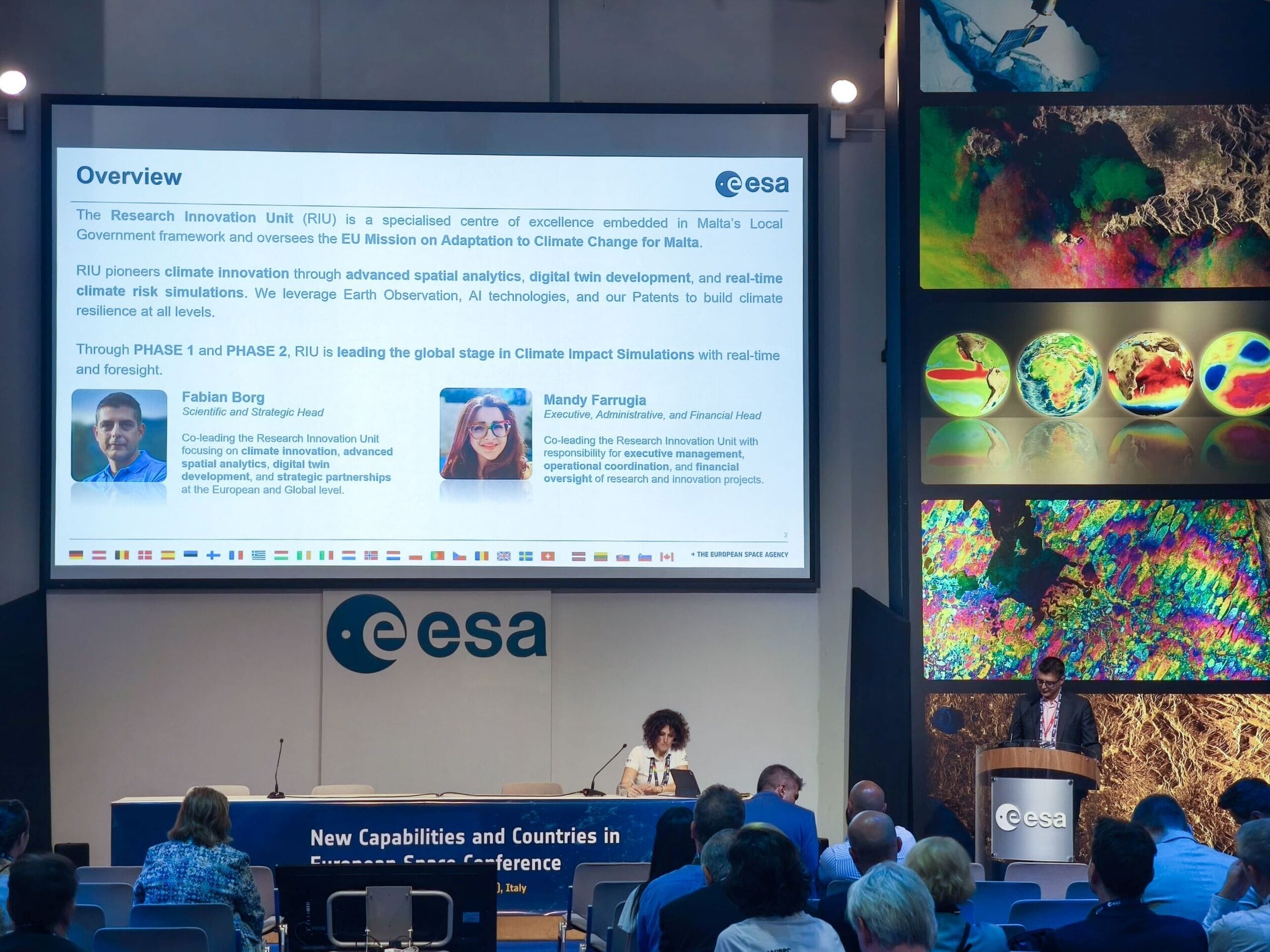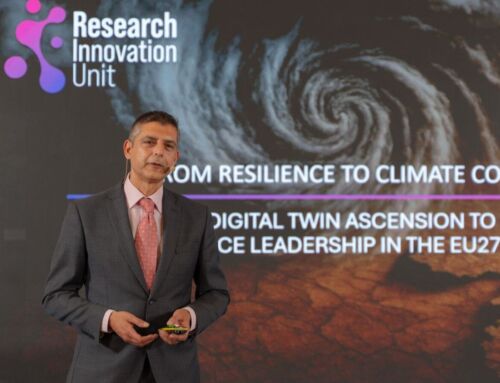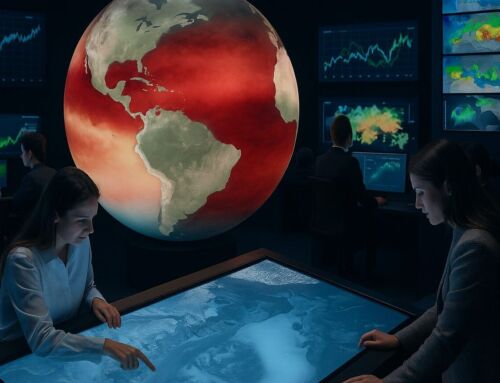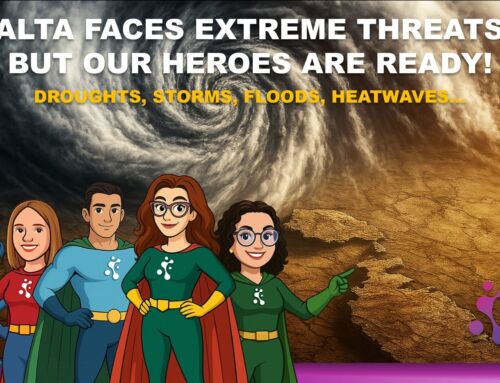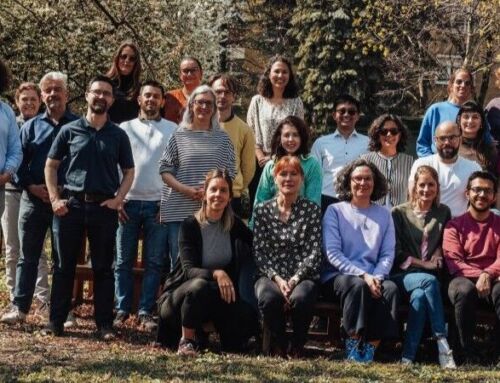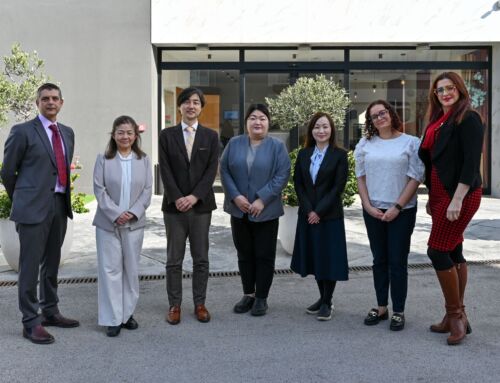On 14–15 May 2025, co-leads Mandy Farrugia and Fabian Borg of the Research Innovation Unit (RIU) joined a delegation from Xjenza Malta and participated in the European Space Agency’s New Capabilities and Countries in European Space Conference, held at ESA’s ESRIN Centre in Frascati, Italy. Representing Malta, Fabian Borg delivered the national presentation titled “Malta – The Climate Sentinel”, positioning the country as a model for applying satellite intelligence in climate adaptation and urban resilience.
This was the first time Malta addressed this ESA forum, marking a historic milestone in the nation’s engagement with Europe’s space science ecosystem.
“Malta – The Climate Sentinel”: A Vision for Resilience
The presentation highlighted Malta’s pioneering use of Sentinel-2 and Sentinel-3 satellite data to visualise and address the country’s most urgent climate risks, particularly urban heat islands, coastal vulnerability, and flood-prone infrastructure.
Key achievements presented included:
- The Digital Twin of Malta (DTMT-01): A 3D, high-resolution climate risk simulation platform
- Urban Heat Analytics: Advanced Surface Urban Heat Island (SUHI) mapping derived from Sentinel thermal bands
- Integration of EO data into decision-making: Supporting civil protection, local councils, and infrastructure planning
- A visual journey through past and future climate risks, including an exploded-view animation of Malta’s 3D twin
ESA Recognition and Collaboration Potential
Malta’s presentation received strong interest from ESA programme leads, researchers, and country delegates. Several stakeholders praised the strategic application of satellite data not only for policy support, but also for public engagement, scenario-based planning, and cross-sectoral resilience building.
The DTMT-01 framework, developed under Fabian Borg’s PHASE 2 engine, was cited as a low-barrier, high-impact model for other emerging ESA member countries aiming to leap forward in climate and geospatial innovation.
Raising the Flag for Small States in Space Science
Malta’s active participation reinforced the important message that microstates can lead in digital Earth innovation, especially when supported by open-source platforms, high-resolution satellite data, and integrated local action. The conference provided an ideal platform to:
- Align DTMT with ESA’s Destination Earth programme
- Explore synergies with Copernicus Core Services
- Lay the groundwork for bilateral knowledge-sharing between ESA and Maltese institutions
Reflections and Next Steps
RIU’s presence at ESRIN reaffirmed its commitment to:
- Scaling up the national digital twin for multi-hazard simulation
- Deepening collaboration with ESA on data access, capacity-building, and AI integration
- Strengthening Malta’s role in Europe’s space-enabled climate resilience strategy
Following this event, RIU has initiated discussions with ESA personnel and international partners to explore new missions and satellite applications tailored to coastal states and climate-sensitive regions.


